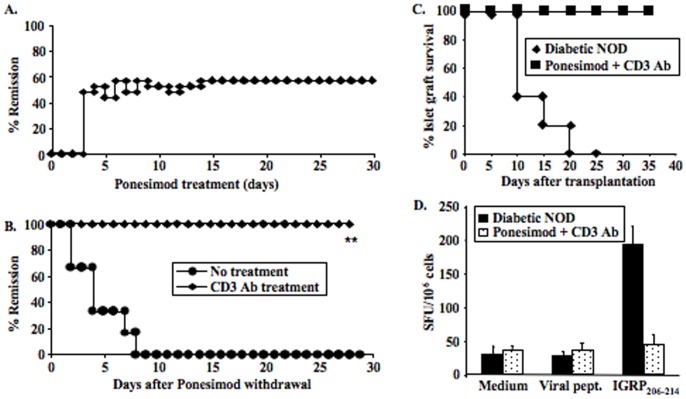Figure 8. Oral administration of ponesimod can reverse established diabetes and combination with CD3-specific antibodies restores self-tolerance.
(A) Recently diagnosed diabetic NOD mice were treated with oral ponesimod (n = 23) and diabetes remission was evaluated by glycosuria and glycemia measurements. Durable remission occurred in 57% of mice. (B) Administration of CD3-specific monoclonal antibodies (50 µg/day i.v. for 5 consecutive days) was performed in NOD mice that showed remission upon continuous ponesimod treatment (n = 6). Oral ponesimod was withdrawn at the end of CD3 antibody treatment. All mice that received ponesimod and CD3 antibody treatment showed durable disease remission. In contrast, all mice treated with ponesimod alone showed disease relapse by 1 week following ponesimod withdrawal (**p = 0.003). (C) NOD mice showing sustained diabetes remission after combined treatment with ponesimod and CD3-specific antibodies were treated with streptozotocin (225 mg/kg) to destroy all endogenous β-cells and artificially induce diabetes. Three days later, they were transplanted under the kidney capsule with 500 syngeneic pancreatic islets isolated from RAG−/− NOD mice (n = 3). Untreated overtly diabetic NOD mice were used as controls (n = 3). Survival of syngeneic islets was significantly prolonged in the ponesimod/CD3 antibody-treated NOD mice as compared to untreated NOD recipients. (D) Spleen cells were harvested from NOD mice having received combined treatment with ponesimod and CD3 antibodies and transplanted with syngeneic islets. Production of IFNγ was measured at the time of rejection by ELISPOT after a 20 hrs-incubation of total splenocytes with IGRP206–214 peptides or control viral peptides (EBV, CMV, HIV). Results are expressed as mean ± SD of spot-forming units (SFU)/106 cells and represent the average response of 3 mice/group.

